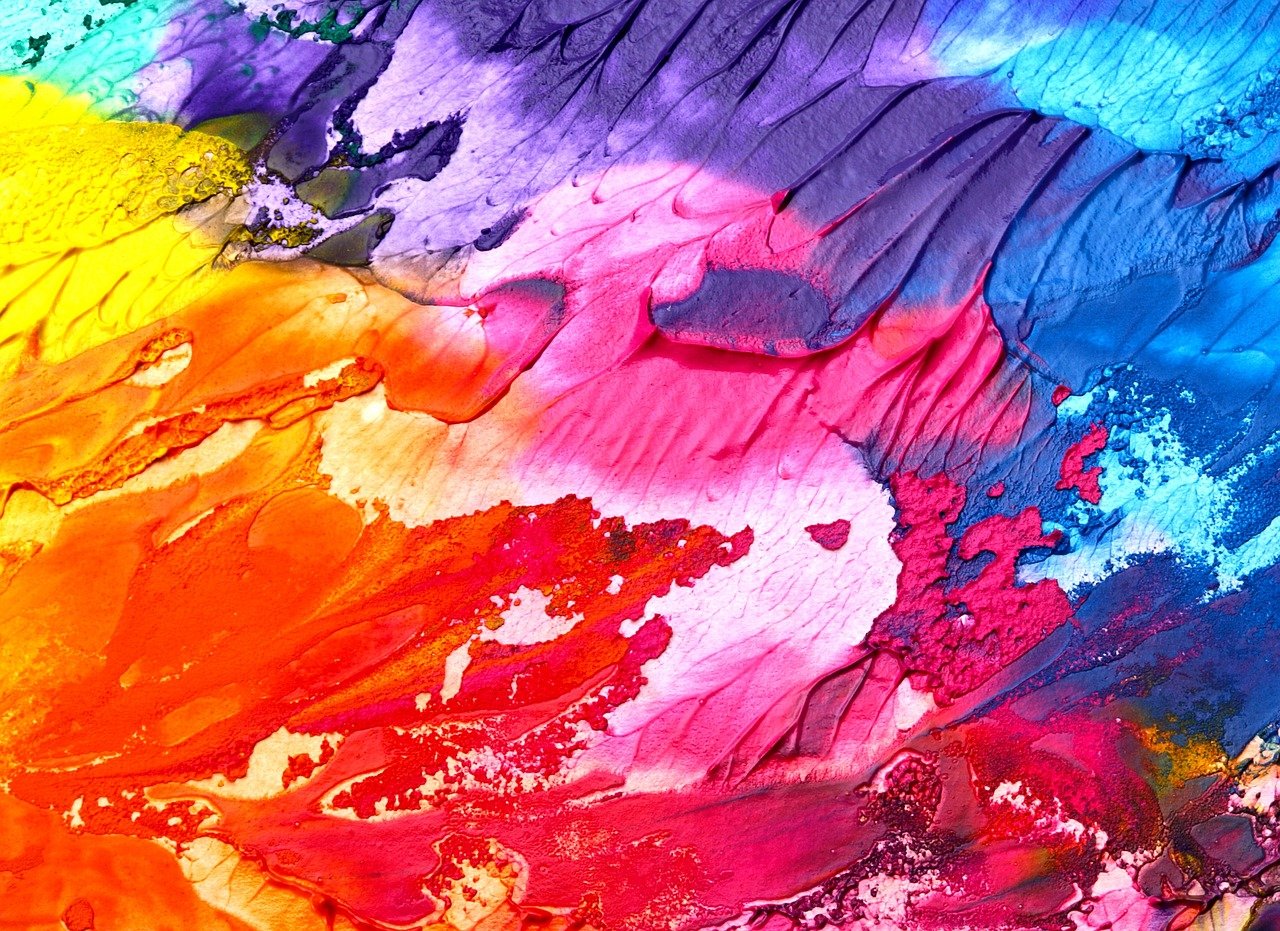
Mind Full of Art: A Therapeutic Journey Through Creativity
In today’s busy world, stress, anxiety, trauma, and grief are common challenges impacting people of all ages. “Mind Full of Art,” a therapeutic art practice, has emerged as a beacon of hope in such times, offering a unique and powerful combination of mindfulness, breathwork, guided meditation, and therapeutic art to address these challenges. In this blog we will explore the profound impact of therapeutic art on mental well-being, emphasising its effectiveness in alleviating anxiety, boosting confidence, building resilience and facilitating healing for both children and adults.
The Healing Power of Mind Full of Art: Discover Therapeutic Art for Stress Relief
Research consistently shows that participating in therapeutic art can have a transformative impact on individuals facing mental health challenges. Studies in psychology and art therapy reveal a range of benefits, including reduced anxiety levels, improved self-confidence and better coping strategies for daily challenges, trauma and grief. Creating art provides individuals with a non-verbal way to express emotions, allowing them to be conveyed and processed in a safe and constructive way.
Unleashing Creativity: How Mind Full of Art Transforms Mental Well-Being
Art serves as a potent means of expression for children, particularly those who find it challenging to articulate their feelings verbally. It provides them with a medium to communicate and understand their feelings. Likewise, adults also benefit from the creative process, gaining fresh perspectives and empowering themselves to shape their own stories.
Expert Guidance in Therapeutic Art: Nurturing Healing through Creative Expression
While engaging in art at home can be therapeutic, the guidance of a professional therapeutic art specialist teacher adds a valuable layer of support. We, as experts, are trained to understand the psychological nuances of the creative process and tailor activities to address specific emotional needs. Working with a specialist provides a structured and guided approach, ensuring that individuals can navigate their emotions effectively.
Art Therapy: A Path to Resilience and Emotional Wellness for All Ages
Therapeutic art specialists create a safe and nurturing environment, encouraging participants to explore their thoughts and emotions through artistic expression. The relationship between the teacher and the participant plays a vital role in the healing journey, building trust and enabling a deeper exploration of emotions.
Unlocking Emotions through Art: Research Proves Benefits of Therapeutic Art
Numerous research studies have corroborated the positive impact of therapeutic art on mental health and well-being. A meta-analysis published in the American Journal of Art Therapy revealed that participating in art-creating activities significantly reduced symptoms of anxiety and depression across diverse populations. Additionally, research conducted by the British Association of Art Therapists highlighted the powerful effects of therapeutic art in trauma recovery, showcasing the ability of creative expression to unlock repressed emotions and facilitate healing.
From a study of teenagers through Young Minds, 80% said art, music, dance, or drama helped to reduce their anxiety, improved their mental health and that they looked forward to these subjects the most in school.
Mind Full of Art for Children: Building Resilience and Emotional Intelligence
Mind Full of Art offers children a safe space to explore and process complex emotions. Through creative activities, guided by a specialist, children can cultivate and develop essential coping strategies from a young age. Art serves as a tool to bolster resilience, enrich emotional intelligence, and promote a healthy and positive self-image.
Therapeutic Art for Adults: Empowerment and Self-Reflection through Creativity
Adults can also benefit greatly from therapeutic art practices. Whether coping with the aftermath of trauma or managing daily stress, art provides a way for self-reflection and empowerment. Studies have shown that regular engagement in artistic activities can boost self-esteem, enhance mood, and promote a better sense of overall well-being.
Creative Self-Expression at Home: Art Activities to Enhance Well-Being
Mind Full of Art classes provide a structured and supportive setting. However, individuals can also engage in these activities at home to encourage self-expression through art:
Journaling with Art: Combine written reflections with visual elements, creating a personalised journal that captures thoughts, feelings, and aspirations.
Mood Collages: Use magazines, photos, and drawings to create collages that represent current emotions or desired states of being.
Mindful Colouring: Engage in mindful colouring exercises, focusing on the soothing repetition of strokes to calm the mind and reduce stress.
Expressive Painting: Allow emotions to guide the brush, creating abstract paintings that serve as a visual representation of inner states.
Essential Supplies for Art Therapy at Home: Tools for Self-Discovery and Healing
Creating art at home becomes easier with just a few supplies. Here are some you might want to have:
Quality Sketchbooks or Journals: Provide a dedicated space for artistic expression.
Pencils, Pens, and Markers: Tools for drawing and writing to convey thoughts visually.
Paints and Brushes: For those inclined towards painting, these are essential.
Clay or Playdough: A tactile medium for sculpting and moulding.
Colouring Books or Printable Pages: Especially useful for mindful colouring exercises.
Conclusion : Embracing Therapeutic Art for Healing and Self-Discovery, A Journey to Resilience and Strength
Mind Full of Art stands as a testament to the transformative and healing power of therapeutic art in the UK. Research findings and personal accounts highlight its positive effects on anxiety, confidence, trauma, and grief. Engaging with art, whether professionally or at home, becomes a means of self-discovery and healing, equipping individuals with the tools to navigate life’s challenges with resilience and strength.
The key takeaway is to grab your creative tools, immerse yourself in an afternoon of self-expression, consider joining a local or online art group, enjoy creative activities with the children, and let therapeutic art melt away the day’s stresses.
